14 Ground Covers That Do Well in Cool Autumn Weather
As the weather cools, it is time to think about ground covers that can handle autumn’s crisp air. These plants are not only hardy but also low-maintenance, making them ideal for fall gardening. By choosing the right ground cover, you can create a beautiful, textured landscape that lasts through the season. Autumn is a great time to plant, as the cooler temperatures help the roots establish before winter.
This post may contain affiliate links, which helps keep this content free. Please read our disclosure for more info.
Creeping Thyme
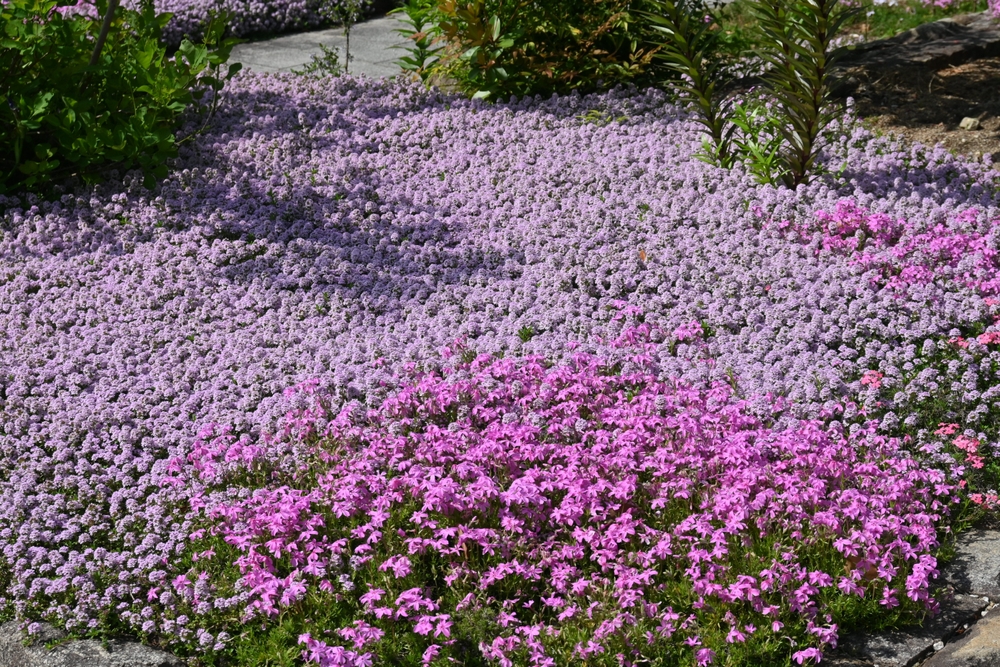
Creeping thyme is a versatile ground cover that thrives in cool autumn weather. It is known for its small, fragrant purple flowers that add a splash of color to the garden. This plant is drought-tolerant and can handle both sun and partial shade. It spreads easily, forming a dense mat that helps control weeds and maintain moisture in the soil.
Creeping thyme is also low-maintenance, making it a perfect choice for busy gardeners. It can handle the chill of autumn and often retains its green color throughout the season. The plant’s ability to tolerate foot traffic makes it ideal for pathways or between stepping stones. It is an excellent choice for creating a beautiful, low-growing ground cover that stays vibrant in the cooler months.
English Ivy
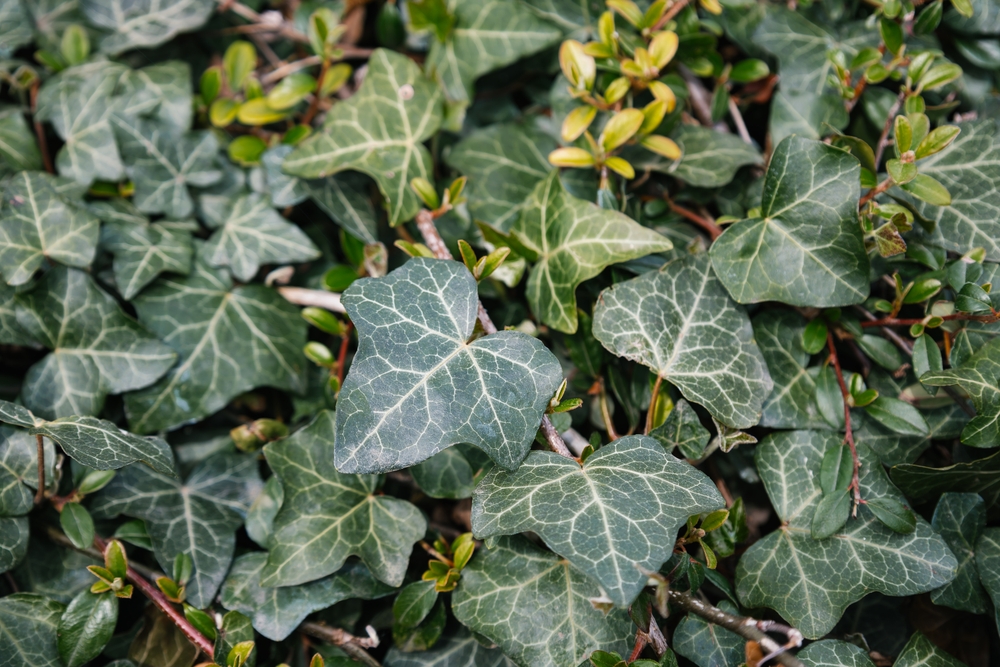
English ivy is a hardy ground cover that adapts well to cooler weather, making it perfect for autumn. Its glossy, evergreen leaves maintain their vibrant color even as temperatures drop. It thrives in both full sun and partial shade, making it suitable for a variety of garden spaces. English ivy quickly spreads and creates a thick, lush carpet that can help control erosion.
While English ivy is a low-maintenance option, it requires some care to ensure it does not become invasive. It works well in shady areas where grass may struggle to grow, offering a neat and dense ground cover. Its rapid growth makes it an excellent choice for covering large areas quickly. When grown properly, English ivy creates a striking contrast with other autumn foliage.
Wintergreen
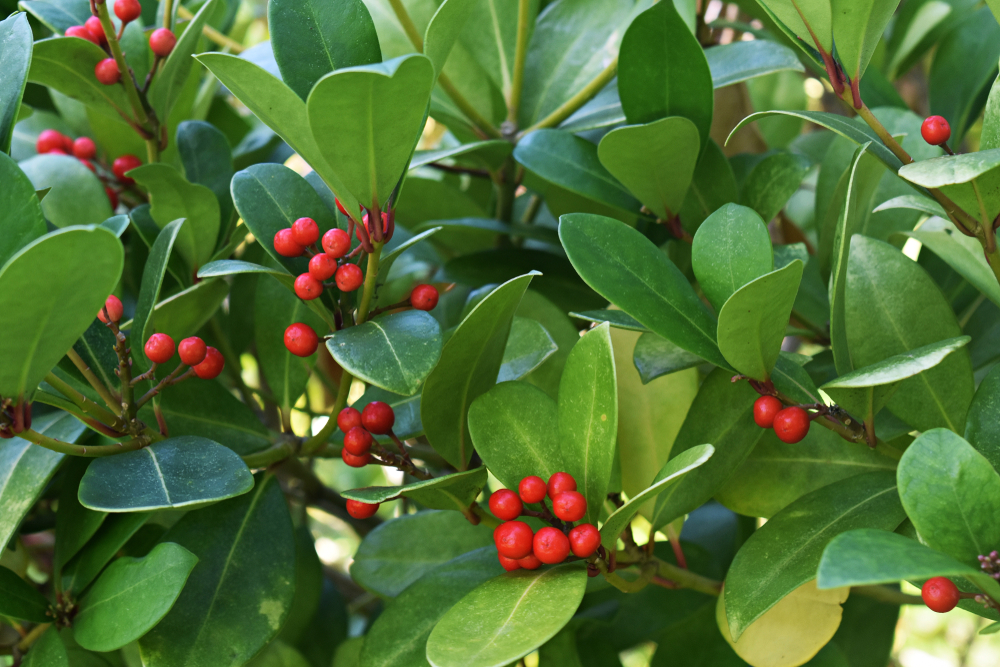
Wintergreen is an ideal ground cover for cool autumn conditions. Known for its aromatic, evergreen leaves, it adds year-round appeal to gardens. In the fall, wintergreen produces small, red berries that enhance its visual appeal. This hardy plant can handle the chill of autumn and thrives in well-drained, acidic soils.
Wintergreen is perfect for shady spots and is often used to fill gaps under trees or along garden borders. Its spreading habit makes it an excellent choice for low-maintenance ground coverage. The plant also attracts wildlife, including birds and pollinators, making it beneficial for the ecosystem. Its glossy leaves and bright berries add a pop of color to the garden throughout the fall.
Sweet Woodruff
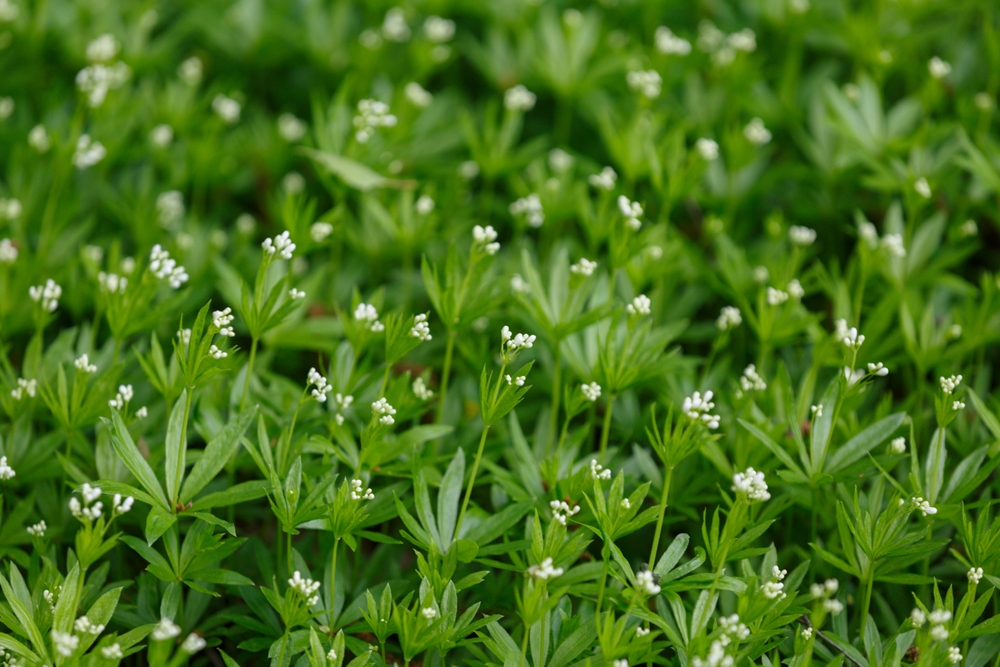
Sweet woodruff is a fast-growing ground cover that thrives in the cooler temperatures of autumn. This perennial plant features delicate, star-shaped white flowers that bloom in spring, followed by lush green foliage. It grows well in shaded areas, making it ideal for under trees or in woodland gardens. The plant has a sweet fragrance, adding an extra sensory dimension to your garden.
Sweet woodruff prefers moist, well-drained soils and works well in areas with dappled sunlight. As autumn progresses, the leaves may turn golden, adding seasonal color to your landscape. It’s an excellent choice for creating a soft, fragrant carpet that requires little maintenance. Sweet woodruff is also known for its ability to suppress weeds, making it a valuable addition to your garden.
Ground Morning Glory
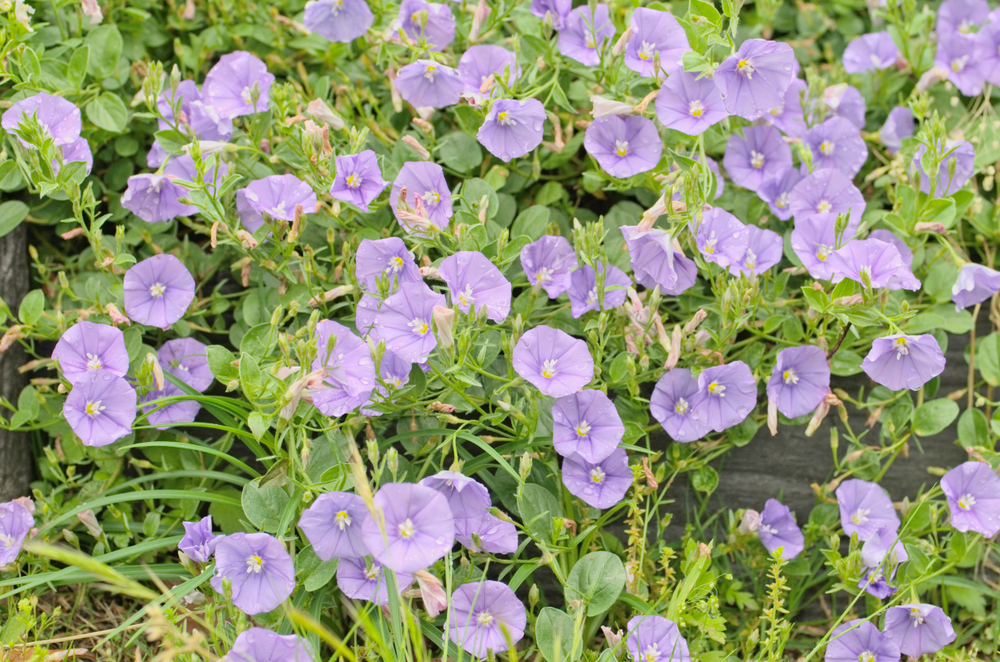
Ground morning glory is a vigorous ground cover that flourishes in cool autumn temperatures. Known for its heart-shaped leaves and vibrant blue flowers, it can quickly spread and cover large areas. This plant prefers full sun but can tolerate partial shade, making it versatile for various garden settings. The flowers bloom in the fall, providing a striking display of color during the cooler months.
While ground morning glory is hardy, it can be invasive if not properly maintained. It works well as a cover for slopes or areas that need quick coverage. It is a good choice for gardeners looking to add color and texture to their autumn garden with minimal effort. This plant’s resilience in cool weather makes it an excellent option for fall landscaping.
Blue Star Creeper
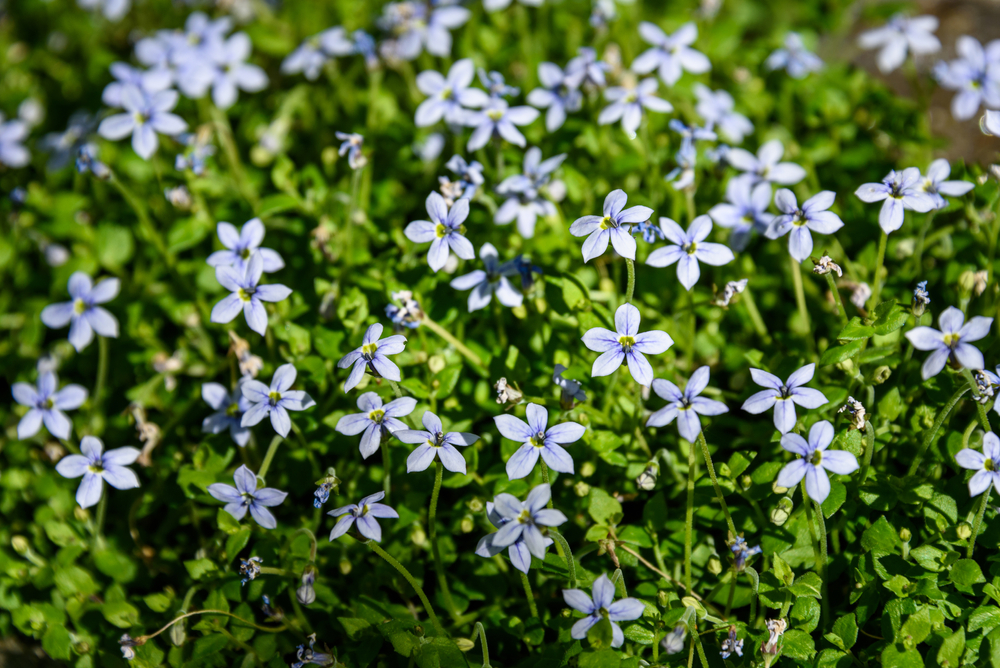
Blue star creeper is a low-growing ground cover that thrives in cooler autumn weather. It produces small, star-shaped blue flowers in late spring and summer, followed by lush green foliage that stays vibrant in fall. This plant is perfect for covering large areas, and its dense mat helps suppress weeds and prevent soil erosion. It grows well in full sun to partial shade, making it versatile for different garden conditions.
Blue star creeper is drought-tolerant once established, making it a great choice for low-maintenance gardens. It works well between stepping stones or as a lawn substitute, adding texture to your garden. As temperatures cool, this ground cover continues to flourish, providing a carpet of color that brightens up the fall landscape. Its compact nature ensures it does not become invasive, making it easy to manage.
Clover
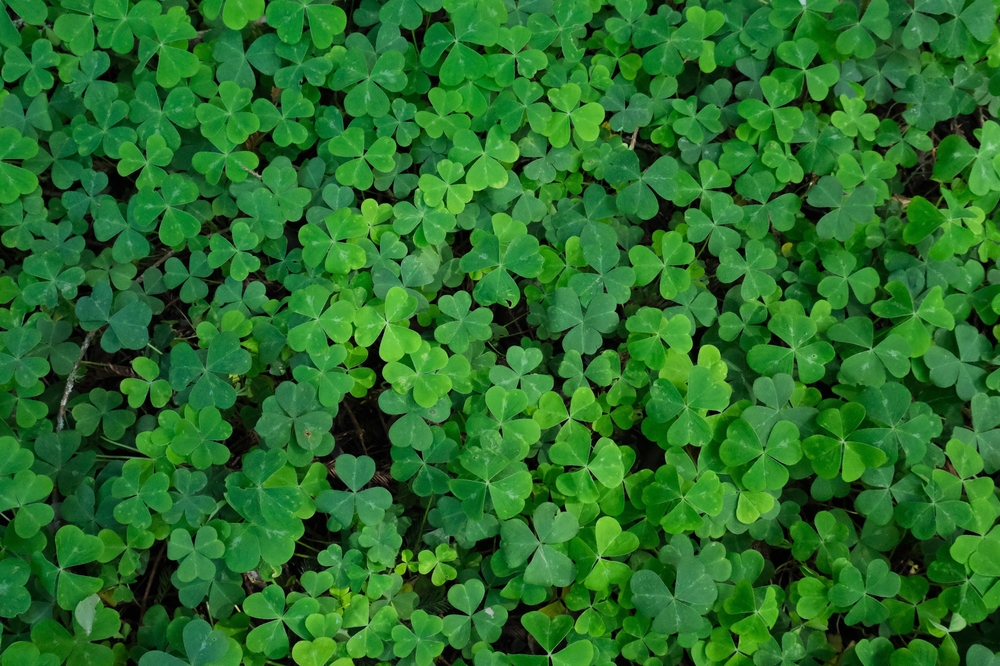
Clover is a practical and attractive ground cover that does well in cool autumn temperatures. It is a nitrogen-fixing plant, which means it enriches the soil while providing a dense, lush carpet. The small, white flowers of clover attract pollinators, making it a valuable addition to any garden. It thrives in both sun and partial shade, and its adaptability makes it a favorite for many gardeners.
Clover is also drought-tolerant once established, and it helps prevent soil erosion. This low-growing plant spreads quickly, providing quick coverage for bare spots. Its ability to stay green through the cooler months adds a touch of vibrancy to autumn gardens. Clover is easy to maintain and works well as a lawn alternative in areas that receive light foot traffic.
Ajuga (Bugleweed)
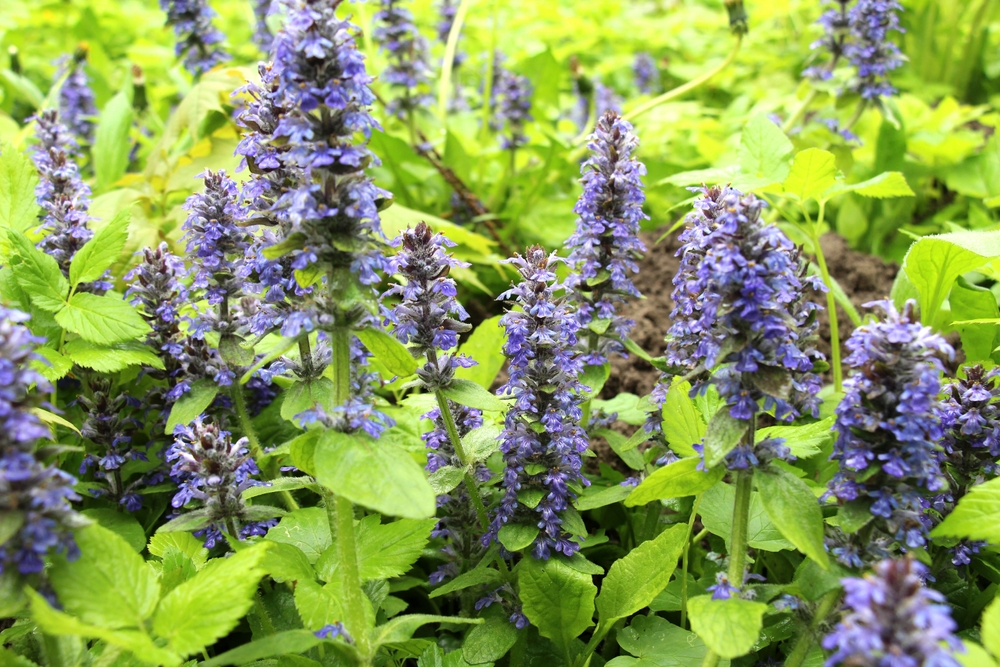
Ajuga, or bugleweed, is a colorful ground cover that thrives in cool autumn temperatures. Known for its striking blue or purple flowers and dark green foliage, ajuga adds both texture and color to your garden. It spreads quickly, filling in gaps and creating a dense mat that helps suppress weeds. Ajuga grows well in both sun and shade, making it versatile for different parts of the garden.
This hardy plant tolerates a range of soil types, though it prefers well-drained, slightly acidic soils. As the weather cools, ajuga’s foliage takes on a purplish hue, adding a rich tone to the autumn landscape. It is perfect for adding contrast to your garden and works well as a ground cover under trees or shrubs. Ajuga is also known for being deer-resistant, making it an excellent choice for gardens in wildlife-rich areas.
Vinca Minor (Periwinkle)
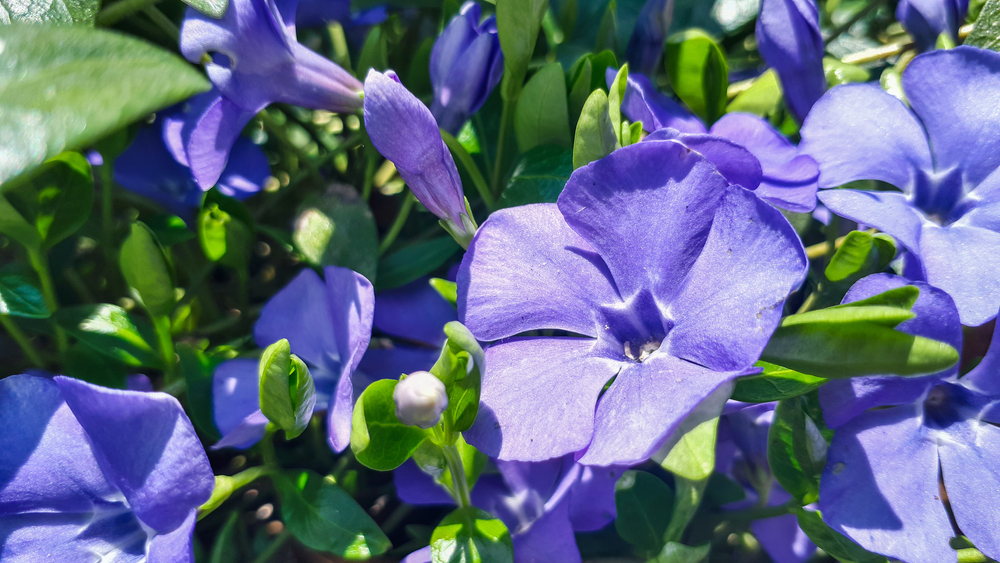
Vinca minor, or periwinkle, is a hardy ground cover that performs well in cooler autumn weather. Its evergreen leaves maintain their color throughout the year, and it produces small blue flowers in spring and early summer. This plant spreads quickly, forming a dense, low-growing mat that suppresses weeds and helps control erosion. It thrives in both sun and shade, making it adaptable to various garden conditions.
Vinca minor is drought-tolerant once established, making it a great option for low-maintenance gardens. It is perfect for covering slopes, under trees, or along garden borders. As the weather cools, the plant continues to thrive, offering a reliable ground cover throughout autumn. Its resistance to pests and diseases makes it an excellent choice for gardeners seeking an easy-care option.
Bergenia (Elephant’s Ears)
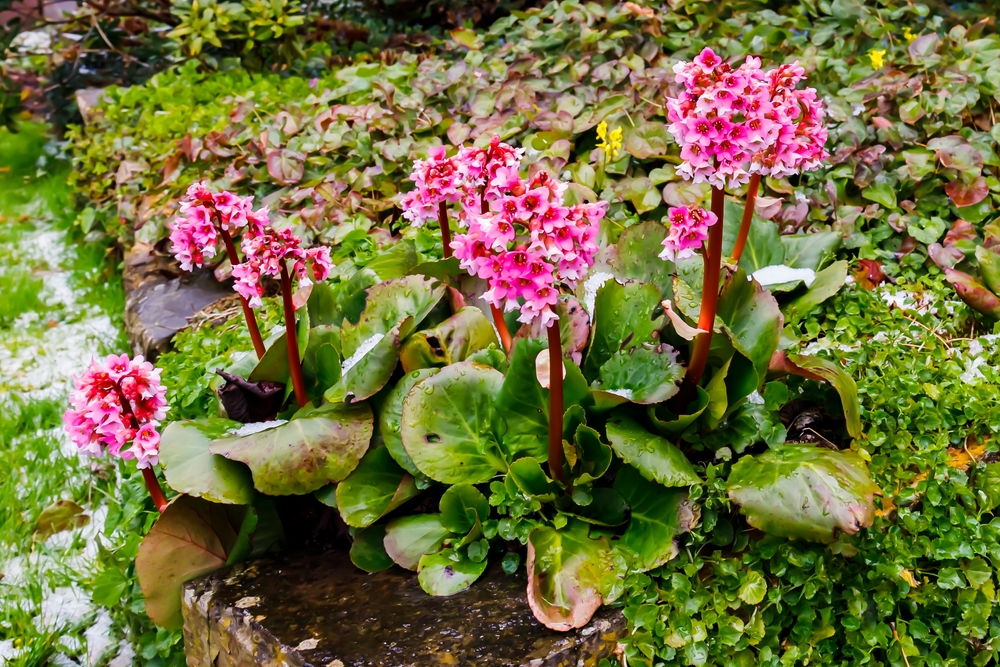
Bergenia, commonly known as elephant’s ears, is a sturdy ground cover that does well in the cool temperatures of autumn. It features large, glossy leaves that turn a deep red or bronze color as the weather cools. The plant produces small, pink or white flowers in early spring, adding seasonal interest to the garden. Bergenia thrives in both sun and shade, making it versatile for different garden settings.
This hardy plant is perfect for covering bare spots under trees or along shaded garden borders. Bergenia is low-maintenance and can tolerate drought once established. Its thick foliage helps retain moisture in the soil, benefiting other plants in the garden. As the cooler months arrive, the plant’s vibrant foliage provides a striking contrast to other autumn colors.
Sedum (Autumn Joy)
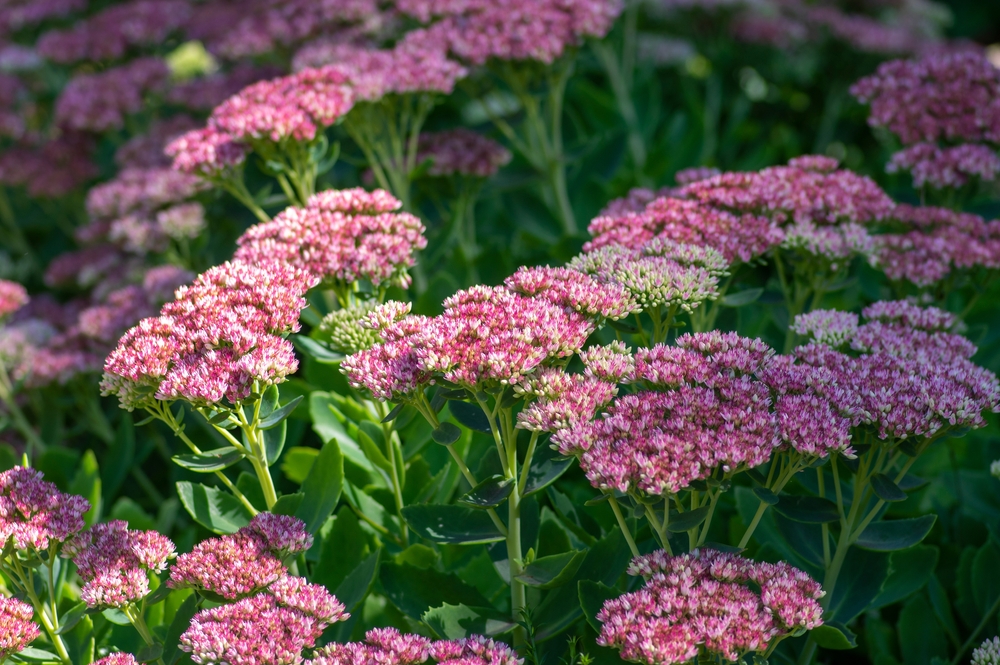
Sedum, also known as autumn joy, is a popular ground cover that thrives in cool autumn weather. It features thick, succulent leaves and clusters of pink to red flowers that bloom in late summer and fall. Sedum is drought-tolerant and prefers well-drained soil, making it ideal for dry, rocky areas. This hardy plant continues to thrive well into the autumn months, adding color and texture to the garden.
Sedum’s ability to withstand cooler temperatures makes it a great addition to any fall garden. It works well as a ground cover, filling in gaps and adding interest to flower beds. The plant’s vibrant flowers attract pollinators, such as bees and butterflies, making it a beneficial choice for wildlife-friendly gardens. Sedum’s low-maintenance nature makes it perfect for gardeners who want a beautiful, fuss-free plant.
Lamb’s Ear
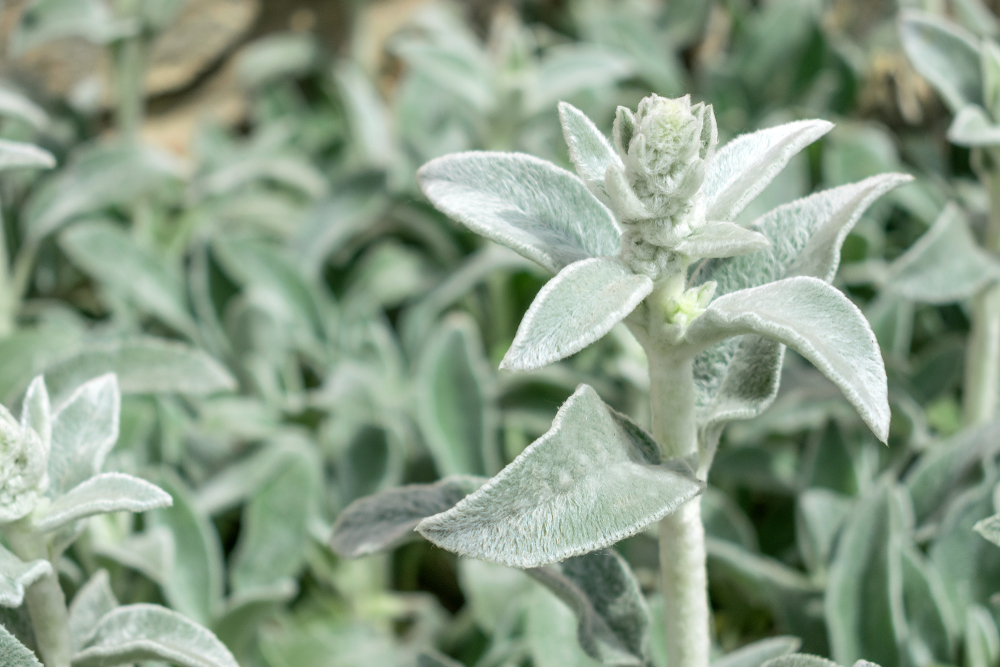
Lamb’s ear is a soft, silver-leaved ground cover that thrives in cool autumn weather. Its fuzzy foliage adds a unique texture to the garden, creating a visually appealing contrast with other plants. Lamb’s ear produces spikes of purple flowers in late spring and early summer, which are attractive to pollinators. This plant is drought-tolerant and prefers well-drained soil, making it suitable for a variety of garden conditions.
Lamb’s ear is perfect for creating a low-maintenance ground cover in sunny spots. Its ability to withstand cool temperatures and retain its soft, silvery color makes it an excellent choice for autumn landscaping. The plant’s spreading habit helps control weeds and provides a lush carpet for the garden. Its unique texture and color make it an eye-catching addition to any autumn garden.
Hosta
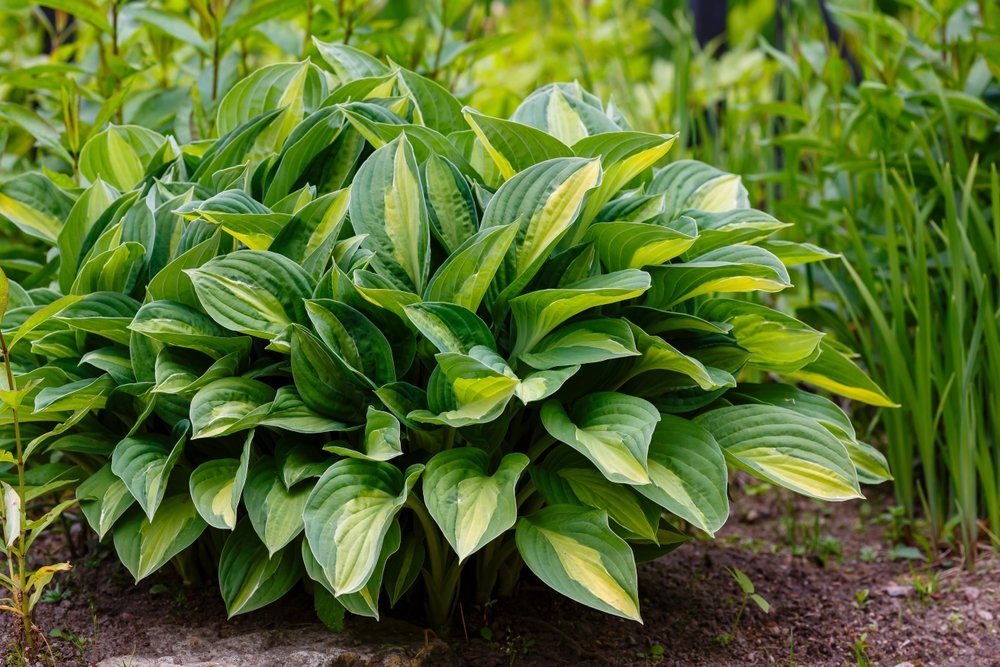
Hosta is a popular ground cover that thrives in shaded areas during the cooler autumn months. Known for its large, bold leaves, hosta adds texture and interest to the garden. The plant produces small, fragrant flowers in late summer or early autumn, attracting pollinators. Hosta is perfect for filling in gaps in shady corners or under trees, where other plants may struggle to grow.
Hosta is a low-maintenance plant that requires little attention once established. It prefers moist, well-drained soil and can tolerate a range of soil types. As autumn approaches, the plant’s leaves begin to change color, providing a beautiful transition from green to golden or bronze tones. Hosta’s ability to thrive in cool, shaded conditions makes it an excellent choice for fall ground cover.
Lamium
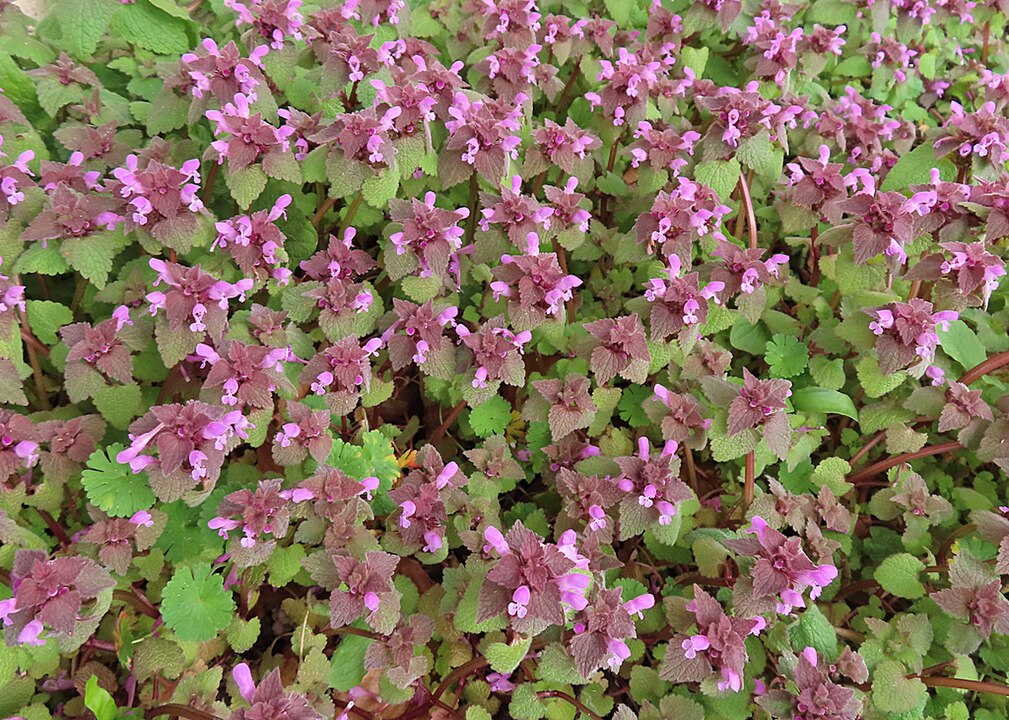
Lamium, also known as dead nettle, is a hardy ground cover that performs well in cool autumn weather. Its colorful leaves range from silver to green, with some varieties featuring purple or pink flowers that bloom in the spring and early summer. Lamium is ideal for shady spots and can handle a range of soil types, including moist, well-drained soil. This ground cover spreads quickly and forms a dense mat that helps suppress weeds and control erosion.
Lamium is a low-maintenance option that thrives in cool weather and provides year-round interest. It works well as a ground cover under trees or along garden borders, adding both texture and color. The plant’s rapid growth helps cover bare spots quickly, making it perfect for filling in gaps in your garden. Lamium’s resilience to cooler temperatures and its ability to thrive in shade make it an excellent choice for autumn landscapes.
This article originally appeared on Avocadu.
